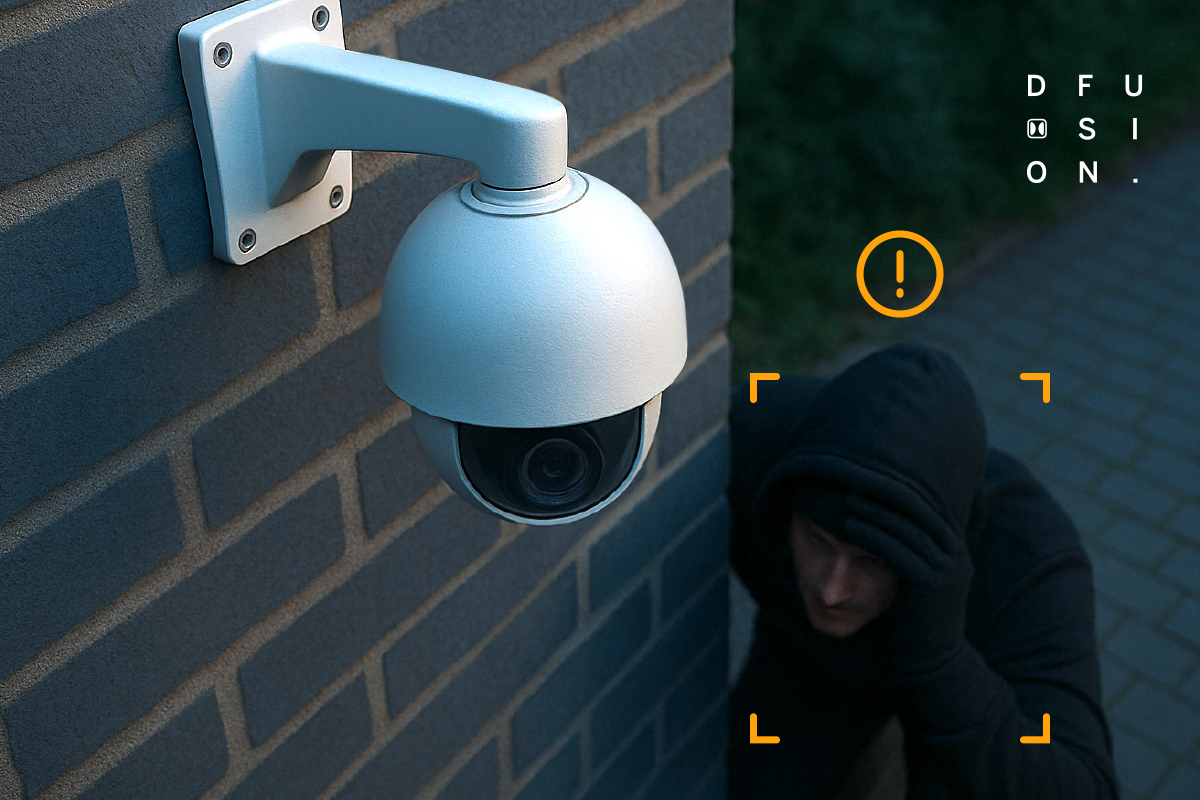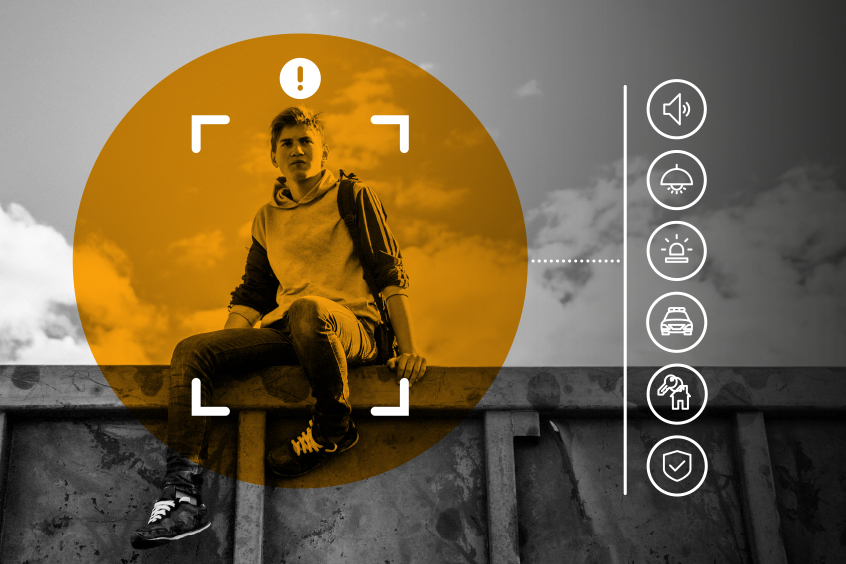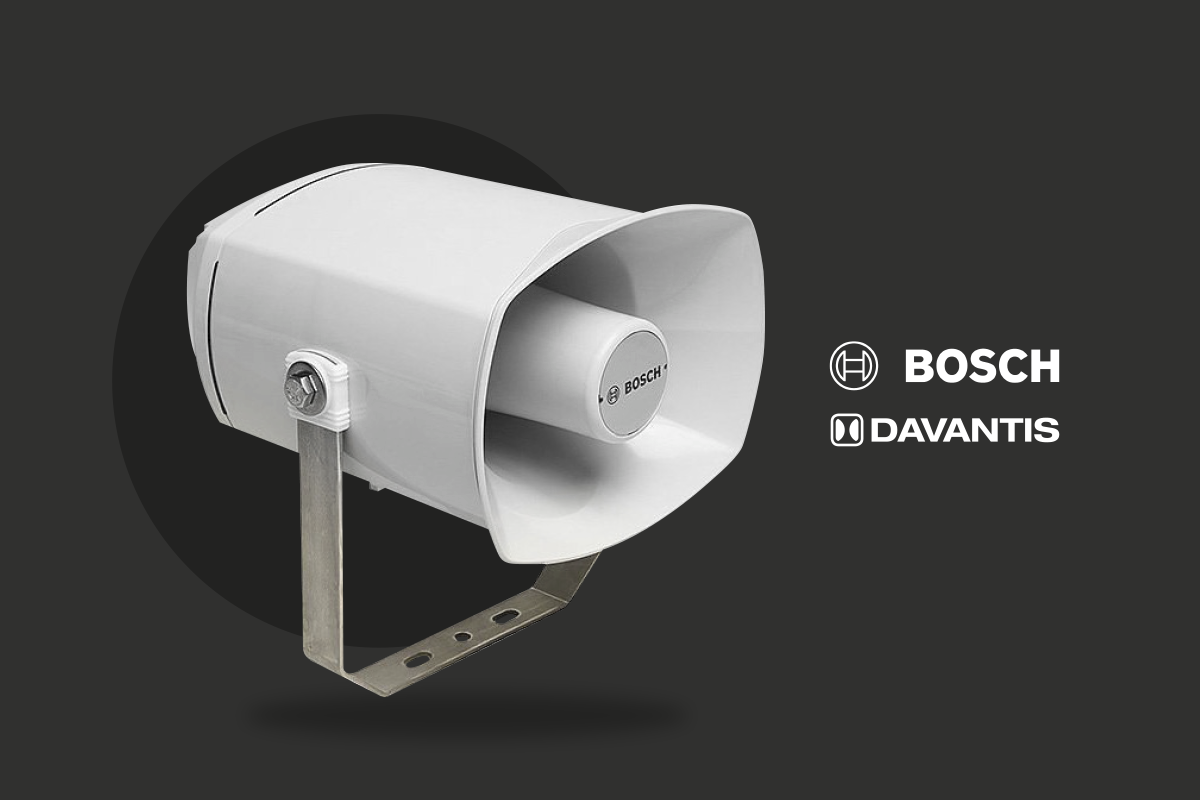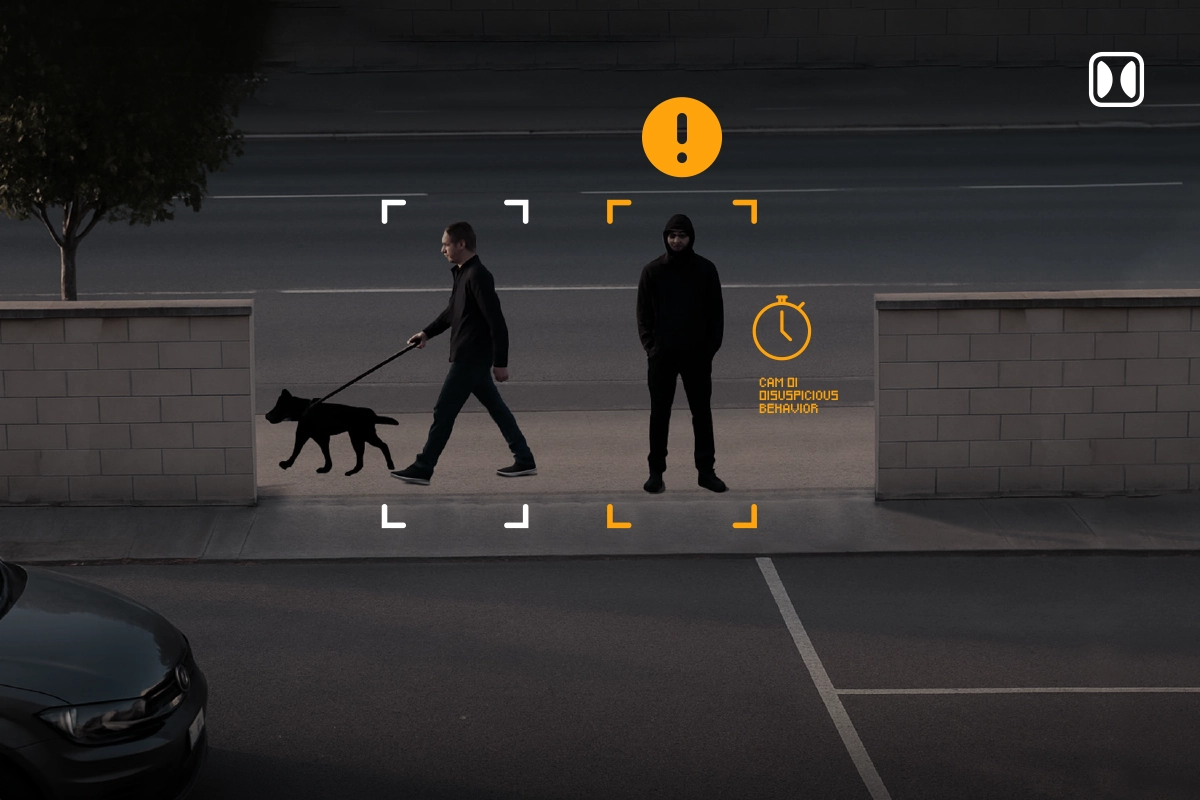When designing a perimeter video surveillance system, one of the most common — and critical — mistakes is leaving dead zones uncovered. Incorrect mounting heights, poor placement choices, or faulty configuration can result in the dreaded blind spots. That’s why, before installing any camera, it’s essential to carry out an audit that considers the facility’s characteristics, needs, and vulnerabilities.
In any security system, perimeter protection is the first line of defense. Any coverage gap can seriously compromise the system’s effectiveness. Dead zones are areas where cameras have no visibility, reducing the ability to detect intruders or suspicious activity — and creating a real, avoidable risk.
Sites with irregular perimeters or poorly lit areas are the most vulnerable to blind spots in perimeter CCTV systems. But how do you deal with dead zones in security? Keep reading!
What Are Dead Zones and Why Are They Dangerous?
A dead zone is any area where a camera fails to capture an image — whether due to poor angles, physical obstructions, design flaws, or technical limitations. These blind spots allow intruders or threats to go unnoticed, delaying response times and increasing the risk of incidents.
The risk of undetected breaches represents a critical threat to any organization. That’s why a well-planned installation process — backed by advanced video analytics technology — is crucial to minimize potential security gaps.
While any type of site can suffer from dead zones, some sectors face especially severe consequences:
- Industrial and logistics facilities: Warehouses, factories, or ports where the volume and height of stored goods create easy blind spots.
- Critical infrastructure: Power plants, treatment facilities, or transport hubs requiring uninterrupted surveillance.
- Construction sites and large perimeters: Outdoor areas with topographical challenges and open access points.
- Corporate buildings and shopping centers: Loading docks, rear entrances, or poorly monitored parking areas.

Ignoring dead zones means opening invisible gaps in your perimeter. These blind spots are frequently exploited by intruders and represent one of the most common failures in industrial, logistics, residential, or hospitality installations.
In many cases, the issue isn’t a lack of technology, but rather poor planning — where the placement of cameras, barriers, or sensors fails to consider all angles or how the space truly behaves throughout the day and night. Dead zones can emerge in dimly lit corners or hidden areas, elevation changes, dense vegetation, irregular or broken perimeters, reflective surfaces, or even due to physical obstructions.
How Does DFUSION Help Eliminate Blind Spots?
At DAVANTIS, we’ve developed DFUSION, an intelligent video analytics system that combines two detection engines: one based on behavior and the other on appearance. This dual-engine approach significantly boosts detection capabilities compared to conventional systems. DFUSION allows you to:
- Automatically detect coverage issues from the design phase
- Optimize camera placement and configuration to minimize blind spots
- Analyze events in real time, even in low-visibility conditions
- Reduce false alarms through intelligent verification, improving operational efficiency
DFUSION transforms perimeter video surveillance into a proactive and predictive solution, ideal for complex installations and critical environments.
Protection and Surveillance Without Blind Spots
Ignoring blind spots is like opening the door to vulnerabilities. Implementing solutions like DFUSION helps you anticipate failures, reduce risks, and ensure effective, continuous surveillance. Advanced technologies like DFUSION make the difference: 360° detection, AI-powered algorithms, and the flexibility to adapt to any scenario. All of this without overcrowding your perimeter with devices — reducing costs and simplifying maintenance.
Protect your facilities by eliminating blind spots. Discover how DFUSION can help you build seamless perimeter security.






